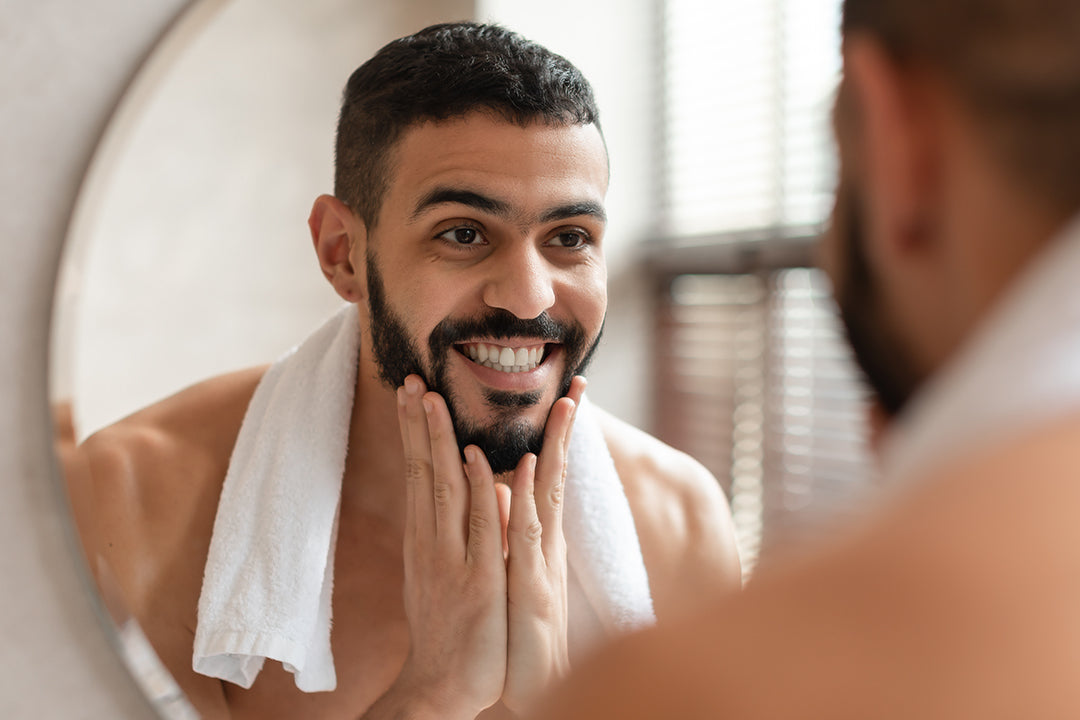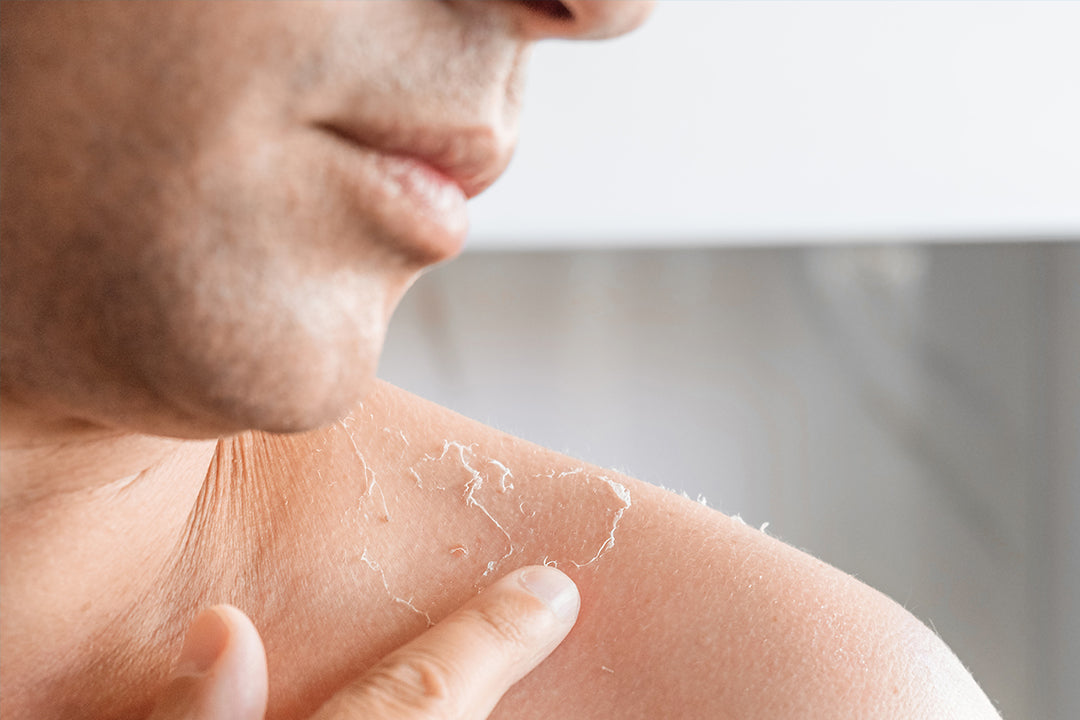If you've ever wondered how much skin you need to expose to get enough vitamin D, you're not alone. Vitamin D is essential for numerous bodily functions, and sunlight is the primary source of this important nutrient. But finding the right balance between getting enough vitamin D and protecting your skin from harmful UV radiation can be a challenge.
Overexposure to solar ultraviolet radiation (UVR) can lead to negative health effects such as sunburn and an increased risk of cutaneous melanoma and epithelial skin cancer. That's why it's crucial to adopt a "little and often" exposure regime to produce naturally recommended vitamin D levels while minimizing the risk of sunburn and other skin damage.
The Importance of Vitamin D
Vitamin D plays a crucial role in maintaining healthy bones, teeth, and muscles. It also helps support the immune system and regulate cell growth and division. Deficiency in vitamin D has been linked to various health problems, including rickets in children and osteoporosis in adults.
Getting enough vitamin D is especially important for women, as it can help prevent conditions like osteoporosis and support overall reproductive health. Additionally, vitamin D has been shown to improve mood and cognitive function, making it an essential nutrient for mental well-being.
The Best Time to Sit in the Sun for Vitamin D
One of the most common questions when it comes to optimizing vitamin D levels is, "What is the best time to sit in the sun?" The answer depends on several factors:
- Where you live: The amount of sunlight and the angle of the sun's rays vary depending on your location. In general, the closer you are to the equator, the easier it is for your body to produce vitamin D.
- How much skin you expose: To maximize vitamin D production, it's important to expose enough skin to sunlight. The exact amount will vary depending on your individual needs, but a good rule of thumb is to expose your face, arms, and legs for about 10 to 30 minutes a day.
- The color of your skin: Melanin, the pigment responsible for skin color, acts as a natural sunscreen. People with darker skin tones have higher levels of melanin, which can reduce the skin's ability to produce vitamin D. As a result, individuals with darker skin may need to spend more time in the sun to achieve optimal vitamin D levels.
- The time of year and day: The angle of the sun's rays changes throughout the day and year. It's generally recommended to spend time in the sun when the UV index is lower, which tends to be in the early morning or late afternoon. Avoid prolonged sun exposure during peak hours when the sun is highest in the sky, as this increases the risk of sunburn.
- Which season it is: Vitamin D production is typically higher during the summer months when there is more sunlight. During the winter, when sunlight is limited, it may be necessary to rely on other sources of vitamin D, such as dietary supplements or foods fortified with this essential nutrient.
Maximizing Sun Exposure Safely
While it's important to get enough sun exposure to produce vitamin D, it's equally crucial to protect your skin from excessive UV radiation. Here are a few tips to help you maximize sun exposure safely:
- Apply sunscreen: Before spending time in the sun, apply a broad-spectrum sunscreen with an SPF of at least 30. Remember to reapply every two hours, especially if you're swimming or sweating.
- Seek shade: When the sun's rays are strongest, seek shade under an umbrella, tree, or other protective structures.
- Wear protective clothing: Opt for lightweight, long-sleeved shirts, pants, and wide-brimmed hats to shield your skin from the sun.
- Use sunglasses: Protect your eyes from harmful UV rays by wearing sunglasses that block 100% of UVA and UVB radiation.
- Stay hydrated: Drink plenty of water to stay hydrated, especially when spending time outdoors in the sun.
- Consider dietary supplements: If you're unable to get enough vitamin D from sun exposure and diet alone, talk to your healthcare provider about whether a vitamin D supplement is right for you.
Takeaways
Optimizing your vitamin D levels requires finding the right balance between getting enough sun exposure and protecting your skin from harmful UV radiation. By understanding the factors that affect vitamin D absorption and following safe sun exposure practices, you can ensure you're getting the optimal amount of this essential nutrient.
Remember, everyone's vitamin D needs may vary, so it's important to listen to your body and consult with a healthcare professional for personalized advice. So get out there, enjoy the sun responsibly, and keep your vitamin D levels in check!









